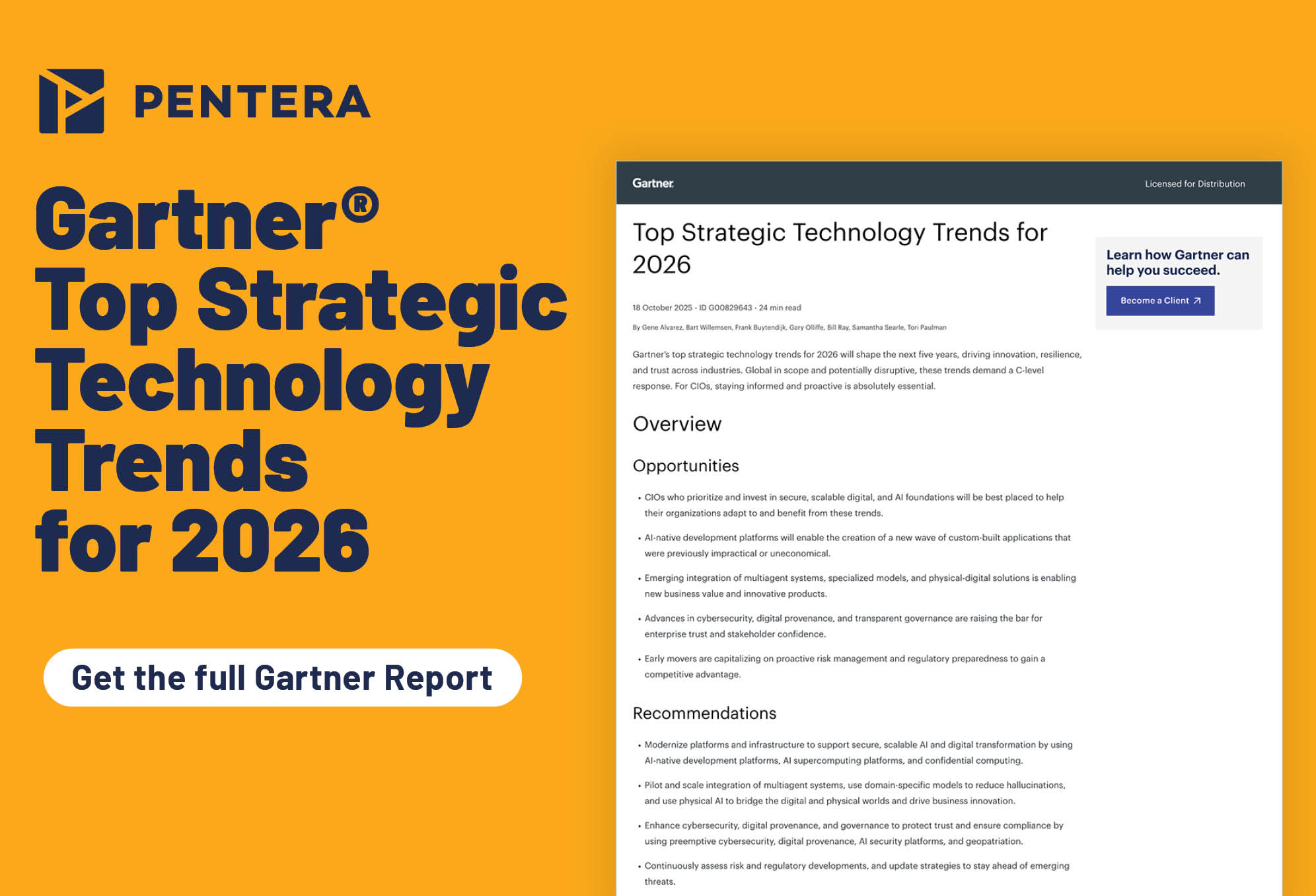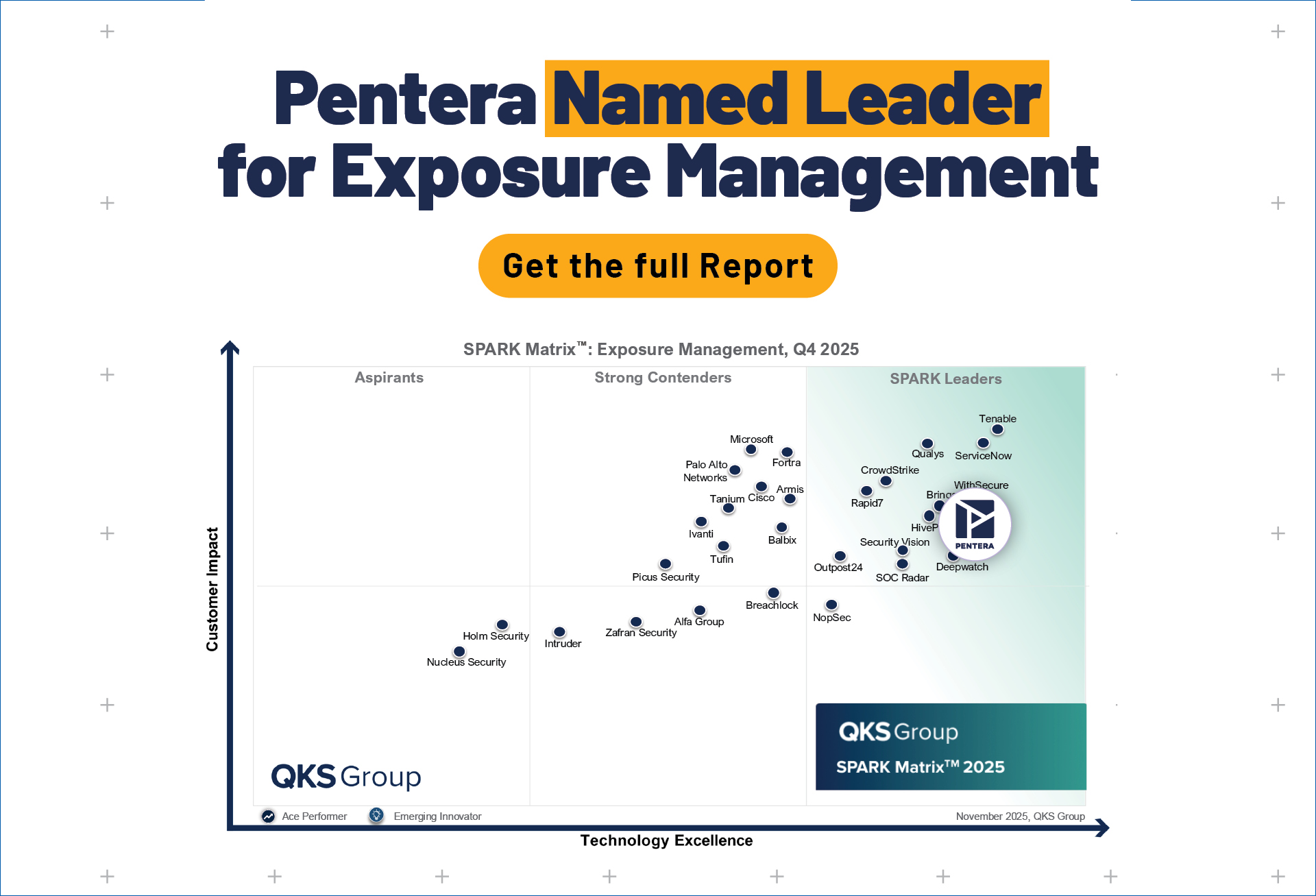What is an Advanced Persistent Threat?
An Advanced Persistent Threat (APT) is a type of sophisticated cyberattack. APT attacks are characterized by their sustained nature and their use of stealth to evade detection and steal or destroy data assets over a prolonged period. In contrast to more opportunistic and spontaneous attacks, advanced persistent threats are usually well-funded and thoroughly planned attacks carried out by highly skilled adversaries operating at the state level. They are covert attack campaigns that specifically target major organizations, and have long-term objectives, including but not limited to espionage, hacktivism, sabotage, and financial crime.
Command and Control (C2) Attacks: “One of the main goals of APT attackers is to establish persistent access, often through Command and Control (C2) attacks that allow remote management of infected systems without detection.
What are the techniques used in an Advanced Persistent Threat?
Adversaries that mount APT attacks employ a wide array of sophisticated techniques to evade detection and establish prolonged access to target systems. These techniques vary depending on the stage of the attack:
- Reconnaissance: Attackers research their target, using techniques like open source intelligence (OSINT) and scanning tools to gather knowledge about the network topology and potential vulnerabilities in security measures.
- Infiltration: Attackers gain access to the target network by leveraging known vulnerabilities, or by using malware and social engineering tactics such as phishing to target employees or unsecured endpoints.
- Escalation: Attackers establish a presence on a target network and seek to gain higher access privileges by leveraging misconfigurations, rootkits, and vulnerabilities like zero-day exploits. They remain undetected throughout by using anti-forensic and stealth techniques, including deleting log files, modifying registry files, fileless malware, and blending in with regular network traffic.
- Lateral movement: Attackers seek to move laterally across different subsections of the target network to strengthen and expand their foothold. They do this by exploiting legitimate tools and protocols, using remote code execution, and leveraging stolen credentials through pass-the-hash (PtH) attacks.
- Exfiltration and persistence: Attackers exfiltrate data from the target network while continuing to avoid detection. They do this through piecemeal extraction, and by establishing encrypted communication channels. They may also embed additional malware in the target network and establish persistent access points to facilitate further attacks.
How can Advanced Persistent Threats be detected and identified effectively?
Advanced Persistent Threats can be detected and identified by employing a combination of proactive security measures. Organizations should engage in continuous monitoring of network traffic and utilize network traffic analysis to investigate irregular activity and identify indicators of compromise (IOCs). They should also leverage threat intelligence feeds to stay informed on threats and deploy security technologies such as endpoint detection and response (EDR) tools, intrusion detection and prevention (IDPS) systems, and security information and event management (SIEM) solutions to facilitate better detection and response. It is also advisable to carry out regular security assessments and to establish clear and comprehensive incident response procedures to ensure maximal resilience.
Promoting vigilance and resilience against advanced threats
In the modern cybersecurity landscape, Advanced Persistent Threats pose one of the most significant dangers to organizations’ assets and operations, so taking preventative action against them is essential to a strong security posture. However, by understanding the objectives and techniques of adversaries, implementing comprehensive detection and response strategies, and leveraging robust security and monitoring tools, organizations can stay proactive in defending against APT attacks to remain resilient against even the most sophisticated of threats.
What drives Advanced Persistent Threat?
APT attacks are orchestrated attacks that are carefully planned and well-funded. As such, they are typically driven by high-level entities such as state-level actors, cyber espionage and hacktivist groups, or financially-driven cybercriminal rings. Equally, APT attacks are designed for specific high-level targets, including government agencies or large enterprises. The objectives of APT attacks can vary, but they commonly have strategic or political motivations.
What are examples of Advanced Persistent Threats?
There have been several high-profile examples of APT attacks in the past. One example is the 2010 Stuxnet attack in Iran, in which a malicious worm was used to disrupt the country’s nuclear program. Other notable examples include attacks mounted by the Russian cyber espionage group APT28, also known as “Fancy Brear”, and those of the Chinese cyber espionage unit APT1. Each of these are examples of Advanced Persistent Threats being used to advance strategic or political objectives.
What distinguishes Advanced Persistent Threats from other cyber threats?
APTs stand apart from other cyber threats in their sophistication, relentlessness, and targeted nature. APTs are also known for their extensive use of stealth tactics to maintain extended access to target systems.
Additionally, whereas other types of cyber-attacks are primarily opportunistic, APTs are carefully orchestrated and designed to compromise specific targets. They are well-funded and serve to advance the long-term objectives of high-level entities.
Combat advanced persistent threats.
Defend against sophisticated and persistent attackers.


